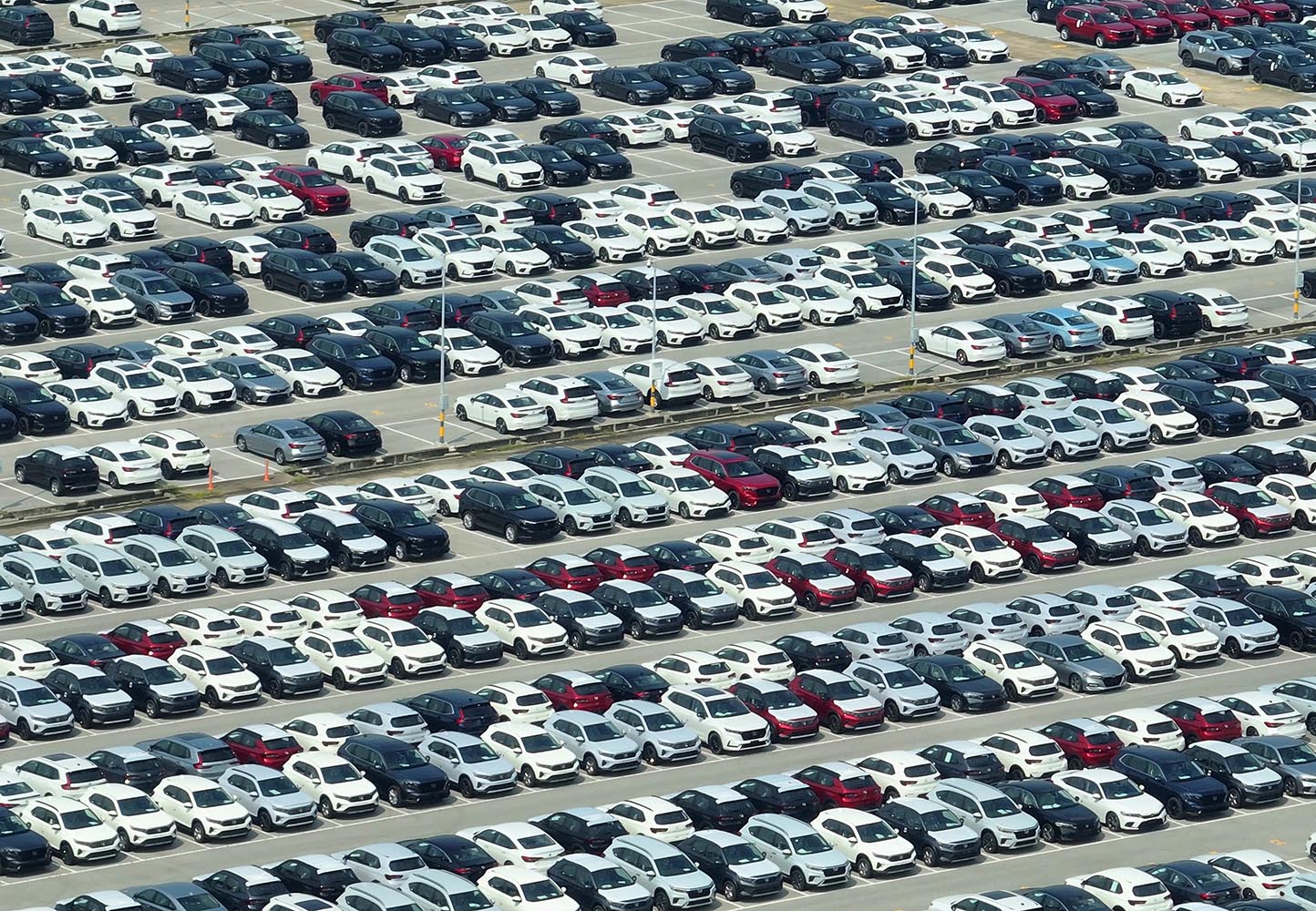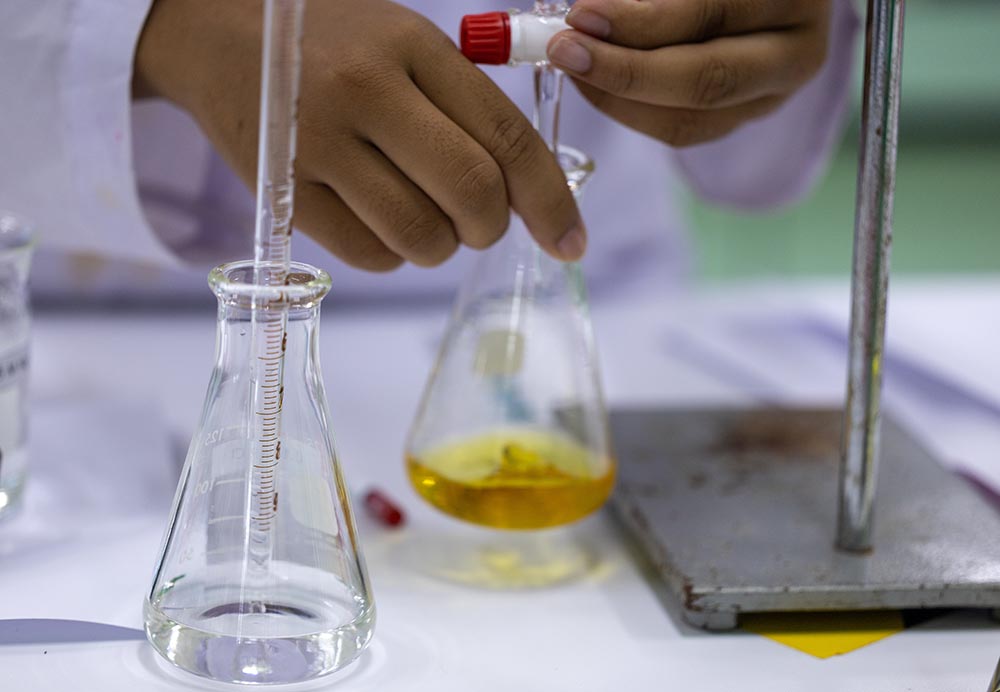
Biofuels in Asia: Policies, progress, and challenges for 2024
Biofuels have emerged as a crucial part of Asia’s energy strategy, offering an alternative to fossil fuels while reducing greenhouse gas emissions. As the region contends with rising energy demand and the global push for sustainability, countries like Malaysia, the Philippines, India, Thailand, and China have all made significant strides in their biofuel programs. However, these efforts are not without challenges, including feedstock availability, economic pressures, and policy inconsistencies. This feature examines the latest developments, policies, and prospects for biofuels in these nations based on a report from the United States Department of Agriculture, Foreign Agricultural Service.
Malaysia: Pushing for B30 and SAF integration
Malaysia’s biofuel landscape is primarily driven by palm oil, and the country is positioning itself as a regional leader in biodiesel production. The government has set an ambitious target to implement a B30 biodiesel mandate by 2025, a leap from the current B10 mandate. Despite these targets, the country faces hurdles related to subsidy structures, feedstock pricing, and limited adoption in some regions.
The Malaysian government has committed to reducing greenhouse gas emissions in line with its obligations under the Paris Agreement. Currently, biodiesel mandates are primarily supported by the use of palm methyl ester (PME) from processed palm oil as feedstock. In addition, Malaysia is exploring the potential of sustainable aviation fuel (SAF), with Petronas spearheading a project aimed at producing SAF from waste-based feedstocks such as used cooking oil and palm oil mill effluents by 2025. This SAF will play a critical role in reducing the aviation industry’s carbon footprint, with potential customers including Malaysia’s national airline.
Philippines: Rolling out higher ethanol and biodiesel blends
The Philippines has taken significant steps to enhance its biofuels policy, recently approving voluntary E20 ethanol blends and mandatory B3 biodiesel blends. The Department of Energy (DOE) announced guidelines for higher biofuel blends in early 2024, setting a target for full implementation by October 2024. The decision is seen as part of the country’s broader strategy to reduce dependence on imported fossil fuels, improve energy security, and support the local biofuels industry.
E20, which contains 20% ethanol, is expected to reduce fuel costs by up to PHP3.21 (USD0.06) per litre, benefiting consumers amidst rising fuel prices. Additionally, the Philippines is gradually increasing its biodiesel mandate, with B5 (5% biodiesel blend) expected to be in place by 2026.
India: Navigating feedstock challenges

India’s ethanol blending program has garnered international attention for its rapid progress. However, recent feedstock shortages, particularly in sugarcane and rice, have caused some setbacks. India aims to achieve a 20% ethanol blend (E20) by 2025, but as of 2024, the country is struggling to maintain its current 12% blend. In 2024, ethanol production is projected to fall slightly due to lower sugarcane yields, which were impacted by adverse weather and pest infestations.
Despite these challenges, India continues to push forward with biodiesel and ethanol initiatives. Government policies are providing financial support for setting up new multi-feedstock distilleries, and there is growing interest in using maize as an alternative feedstock for ethanol production. However, the country remains reliant on imported ethanol to meet its growing demand.
Thailand: Shifting focus to SAF and EVs
Thailand’s biofuel sector is undergoing a transformation as the government shifts its focus from traditional biofuels to SAF and electric vehicles (EVs). The country has reduced its on-road biofuel consumption targets as part of its new National Energy Plan (NEP) 2024, which emphasises a move towards carbon neutrality by 2050 and net zero emissions by 2065.
Despite these changes, biofuel consumption in Thailand is expected to increase slightly in 2024 due to rising demand for E20 ethanol and B7 biodiesel blends. However, the government has scrapped its previous target of mandatory B10 biodiesel and is now focusing on promoting SAF, with a target of 8% SAF consumption by 2036. The country is expected to rely on used cooking oil (UCO) and molasses-derived ethanol for SAF production, with plans to adopt Alcohol-to-Jet (ATJ) technology.
China: Policy shifts amidst feedstock and trade challenges
China’s biofuel sector has seen fluctuations in recent years, driven by shifting government priorities and economic pressures. While the country had initially set a target for nationwide E10 ethanol blending, implementation has been inconsistent, and the focus has since shifted towards renewable electricity and electric vehicles.
In 2024, China’s ethanol production is forecast to increase by 17%, thanks to lower corn prices and a recovery in gasoline demand following the end of its “Zero-COVID” policy. However, challenges persist, particularly with weak enforcement of the E10 mandate and a lack of sufficient policy support for biodiesel. The country’s biodiesel production remains primarily export-oriented, with only limited domestic consumption.
China has also faced international trade challenges, particularly with its biodiesel exports to the European Union. The EU has imposed anti-dumping duties on Chinese biodiesel and hydrogenation-derived renewable diesel (HDRD), which could affect China’s biodiesel market in 2024.
Conclusion
Biofuels remain a critical component of Asia’s energy transition, but their future depends on overcoming feedstock shortages, policy inconsistencies, and economic pressures. Countries like Malaysia and the Philippines are pushing ahead with ambitious biofuel mandates, while India and Thailand grapple with production challenges and shifting priorities. Meanwhile, China’s focus on renewable electricity and EVs has taken the spotlight away from biofuels. As the region continues to navigate these complexities, biofuels will undoubtedly play a role in shaping a more sustainable energy landscape.








